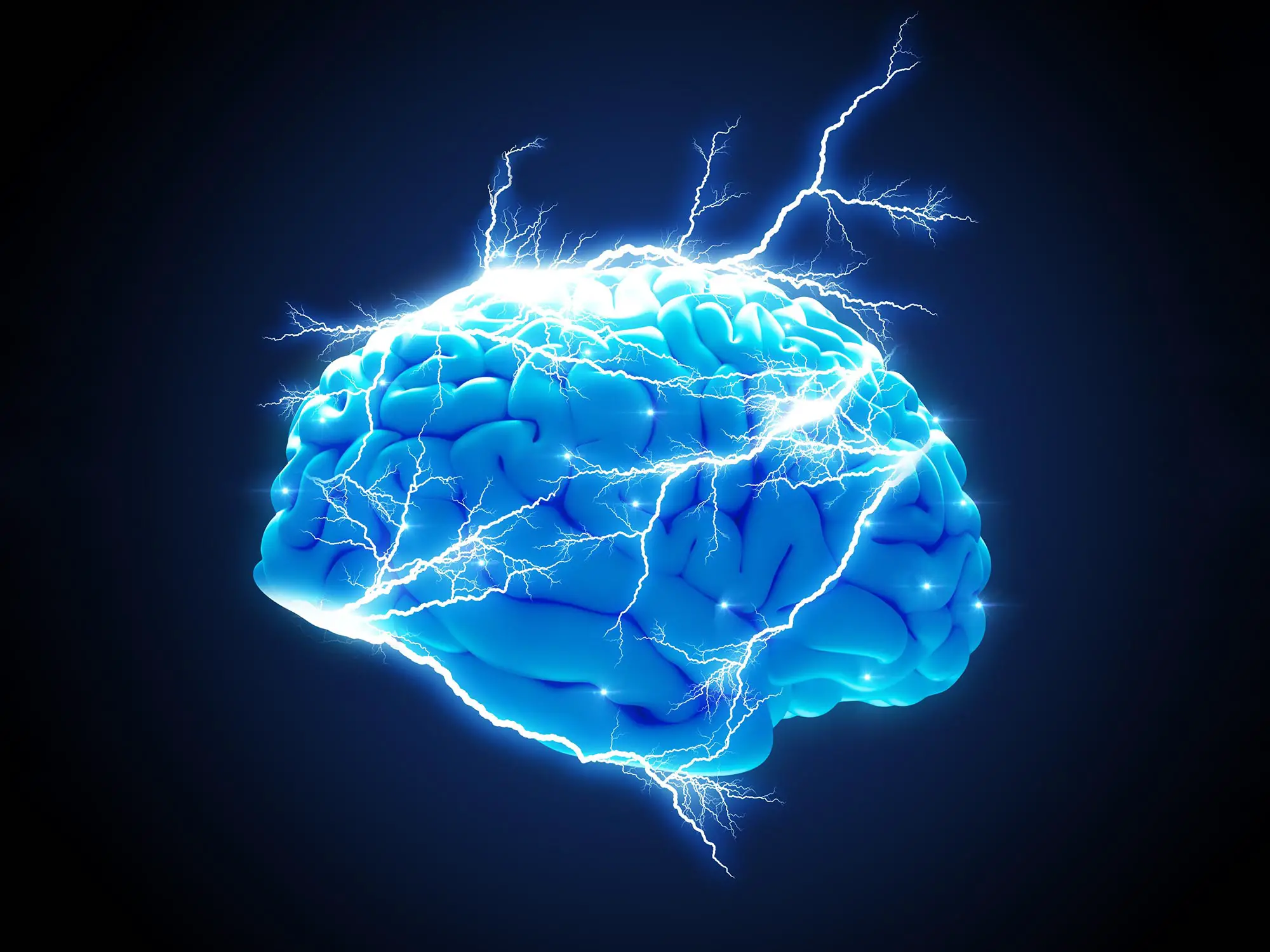Summary of New Discovery Offers Direction for Better Treatments:
Seizures, sudden electrical disruptions in the brain, affect over 65 million people globally and can cause convulsions, muscle spasms, loss of consciousness, changes in behavior or mood, and even permanent brain damage. New research from the University of Virginia School of Medicine suggests that microglia, immune cells, play a crucial role in managing various seizure types in the brain. Most existing seizure treatments target nerve cells called neurons, but researchers increasingly appreciate the importance of other cells, such as microglia, in determining how the body responds to seizures. The UVA researchers eliminated microglia in their lab models of seizures, proving that the cells are beneficial in managing attacks and recovery afterward. The findings could lead to the development of new treatments for one-third of patients who are unresponsive to current options.
*****
Brain’s Response to Seizures Could Lead to New Treatments: Insights from the University of Virginia School of Medicine
Seizures are sudden electrical disruptions in the brain that can cause various symptoms, including convulsions, muscle spasms, loss of consciousness, and changes in behavior or mood. Multiple factors, including genetics, head injury, brain infections, and neurological disorders like epilepsy, can cause them.
According to the University of Virginia School of Medicine, one-third of patients are unresponsive to current options, so they conducted research on the role of microglia, immune cells, in managing various seizure types and discovered that they play a critical and positive role that could guide scientists working on new treatments.
Understanding Seizures
Seizure disorders affect more than 65 million people globally, with prolonged seizures called status epilepticus causing permanent brain damage. Seizures are commonly associated with epilepsy, but their causes can vary from infections, and trauma, to low blood sugar.
Most treatments target neurons, but the importance of other cells, such as microglia, in determining the body’s response to seizures has become more apparent in recent years.
The Role of Microglia in Seizures
The role of microglia in the brain’s response to seizures has been a debate among researchers until UVA’s recent discovery. They eliminated microglia cells from lab models of seizures to determine their response to attacks. They found that mice with regular microglia activity recovered better, indicating that the microglia cells positively managed seizure types.
Promising Leads for Researchers
UVA’s research has created promising leads that require additional study. Researchers will determine how microglia help the body control and respond to seizures, cleaning up excess neurotransmitters, calming overstimulated neurons, or using other means. They hope to use this knowledge to develop gene therapies for epilepsy and other seizure disorders.
Continued Research Opportunities
The comprehensive research program at the University of Virginia includes basic and clinical research on seizure disorders, and its strong network of collaborative research makes it a great place to continue making advances, according to Eyo.
Microglia’s potential to manage seizures is considerable, and with the UVA Brain Institute’s contribution, researchers can develop innovative approaches to prevent and control attacks.


